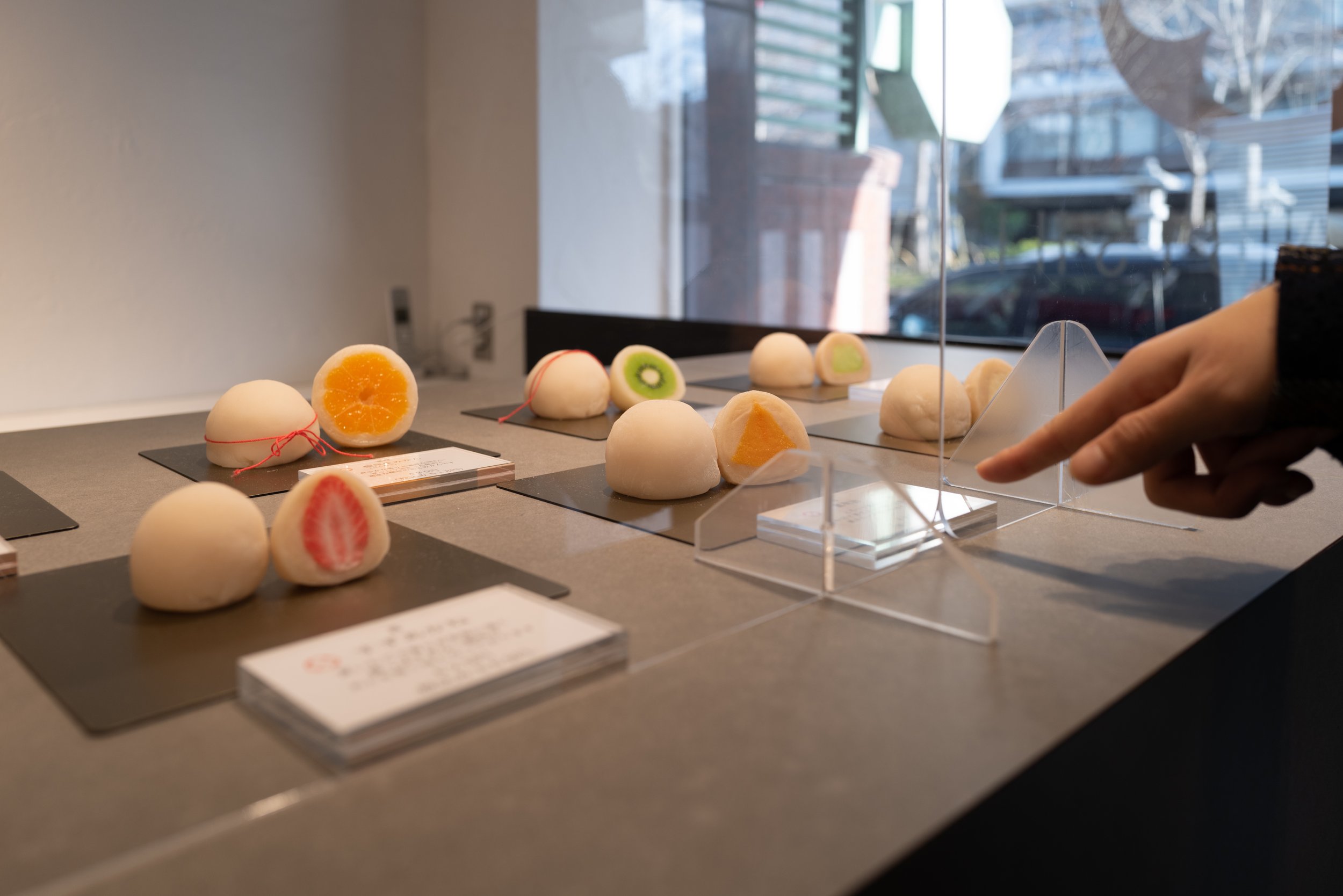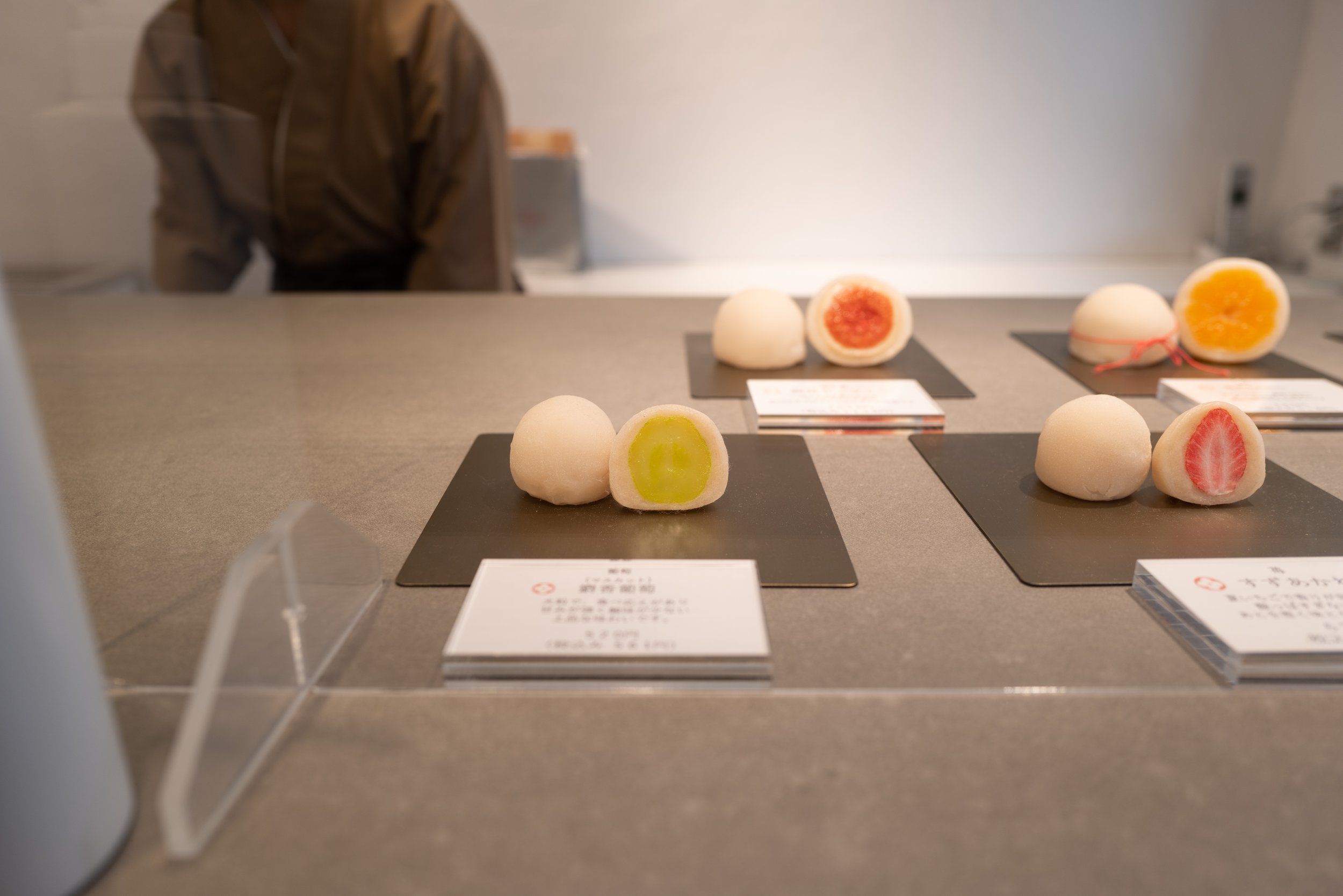Japanese Mochi Rice Sweets: A Delightful Culinary Tradition 🍡
Introduction to Mochi 🍚
Mochi, a traditional Japanese rice cake, is a beloved treat enjoyed by people of all ages. This soft, chewy delight is made from glutinous rice and comes in various forms, each offering a unique taste and texture. Mochi is an integral part of Japanese culture and cuisine, often associated with festivals, celebrations, and special occasions.
How Mochi is Made 🍚🛠️
The process of making mochi is both an art and a labor of love. Here's a step-by-step look at how this delightful treat is created:
Soaking the Rice: Glutinous rice, also known as "mochigome," is soaked in water for several hours or overnight to soften the grains.
Steaming the Rice: The soaked rice is then steamed until it becomes soft and sticky.
Pounding the Rice: Traditionally, the steamed rice is placed in a large wooden mortar called "usu" and pounded with a wooden mallet called "kine." This process requires two people: one to pound and the other to turn and wet the rice to prevent sticking. This rhythmic pounding creates the smooth, elastic texture characteristic of mochi.
Shaping the Mochi: The pounded rice dough is then shaped into small, round cakes or various other forms. This can be done by hand or with molds.
Adding Fillings and Flavors: Some mochi are left plain, while others are filled with sweet fillings like red bean paste (anko), white bean paste (shiroan), or flavored with ingredients like matcha (green tea), fruit, or kinako (roasted soybean flour).
The Taste of Mochi 😋
Mochi has a unique taste and texture that sets it apart from other sweets. Here are some of its key characteristics:
Chewy Texture: Mochi is known for its chewy, stretchy texture, which comes from the glutinous rice used in its preparation. This texture is both satisfying and addictive, making it a favorite among many.
Subtle Sweetness: Plain mochi has a mild, subtle sweetness, allowing the flavor of the rice to shine through. When filled or flavored, the sweetness can vary, complementing the taste of the added ingredients.
Versatile Flavor Profiles: Depending on the fillings and flavors used, mochi can range from mildly sweet to rich and flavorful. Popular fillings include sweet red bean paste, matcha, strawberry, and chocolate, each adding its unique taste to the mochi.
The Appearance of Mochi 🌈
Mochi is as delightful to look at as it is to eat. Its appearance can vary based on the type and preparation method:
Traditional Mochi: Plain mochi is typically white and round, with a smooth, shiny surface. It can be enjoyed as is or with a dusting of kinako (roasted soybean flour) or a light coating of powdered sugar.
Filled Mochi: Mochi filled with sweet pastes or fruits often have a slightly bulging appearance, indicating the delicious filling inside. These mochi can be coated with a thin layer of cornstarch to prevent sticking.
Seasonal and Decorative Mochi: During festivals and celebrations, mochi can be molded into various shapes and decorated with food coloring to represent seasonal themes, such as cherry blossoms in spring or maple leaves in autumn.
Conclusion 🌟
Japanese mochi rice sweets are a delightful blend of tradition, craftsmanship, and flavor. Whether enjoyed plain, filled, or flavored, mochi offers a unique and satisfying culinary experience. Its chewy texture, subtle sweetness, and visually appealing forms make it a beloved treat in Japan and around the world. Embrace the joy of mochi and savor this timeless Japanese delicacy!




